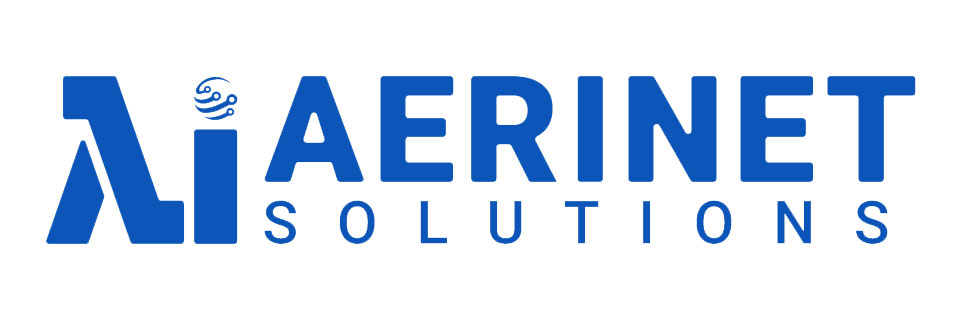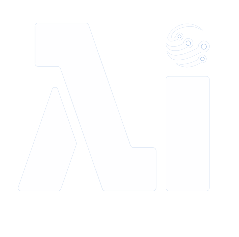What is Energy Reliability Benchmarking?
As climate change continues to change the landscape, several utilities are asking, are we prepared? It could be a wildfire, snow storm or freak tornado that quickly shows the failures in the electrical distribution system.
Climate Change is Real and Causing More Damage
Outages like the Texas power outage of February 16th that affected two million people, are now being investigated as a failure of economic planning and reliability.
NRECA’s recent business and technology report, Turning Numbers Into Action, shows [1] benchmarked analytics can bring actionable insights to utility operations. The report outlines the impact electric cooperatives can have on communities. As utilities see declining power sales and increased competition, one of the ways to minimize their risk is by using data to forecast potential issues.
Here’s why you need to start benchmarking your quality and reliability of your system
The reliability of energy is becoming more and more necessary as we are faced with climate disasters and increased access and expectations to reliable power.
You don’t know what you don’t know
As more and more disruptive technology enters the market, the way we used to do things doesn’t cut it. Infrastructure and systems are now experiencing climate disasters or just all out failures due to new demands. Customers can live and work virtually anywhere if they have reliable energy and a high speed internet connection. The new energy economy is allowing people to live outside of city limits.
Everyone should be data driven
Now more than ever it’s important for all employees to have a data-driven mindset. What that means is asking all the right data questions.
What can the data tell me before making decisions? What data would have helped you save money if you had it? How would data help in deploying the crew, or investing in new technology? A data-driven approach allows the utility to leapfrog previous unknown issues they didn’t know they were going to face. Several utilities are now overlaying maps, AI capabilities and weather patterns in order to predict what their future needs may be.
It’s all about the data, and how you can work smarter with it
When making future decisions about why or where you are going to serve your customers the data can highlight issues or future opportunities. Several employees will tell you that they don’t have time to get a handle on the data. However, most utilities who have embraced a data-driven approach will tell you that you can’t afford not to embrace the data. This data enables the entire organization to work smarter and not harder. Thus reducing costs and increasing revenues.
How much does it cost to really do reliability benchmarking?
Cooperative utilities that are working with the National Rural Electric Association (NRECA) can participate in a benchmarking study for little to no costs.
More often than not, it is the utility or municipality who is quickly learning that the data may need to be cleaned up or have some type of standardization. It is easier to get your system ready than you thought. Start with a basic spreadsheet and find the most common outage or reliability factors. Once clean data is loaded to a benchmarking system, you can then apply more dynamic options that can address future issues.
Systems like the PwrMetrix platform, from Aerinet Solutions provide a dynamic real-time comparative analysis. The system includes a powerful data importing apparatus that allows uploading of outage data from the utilities outage databases, confidential aggregation of utility outage data, real-time comparison of reliability metrics, real-time outage analytics and messaging capabilities. The data can be unstructured and still be used. Since PwrMertrix has over 10 years in the energy reliability industry, utilities can quickly see their savings using the system.
How Is My Data Protected
Data confidentiality is protected during the benchmarking process. The analytics server makes data and reports anonymous by creating a unique user ID for each user utility data point. This ensures that there is never personal or confidential data being shared outside of the system. This way there is complete trust that none of the utilities data is ever at risk for being compromised. Comparative data can also help the
Data Makes Predicative Actionable Insights Possible
Once a utility can profile themselves and see the system, they can use the same data for predicting future outages. One such example is with Chris Hamon, CEO of White River Valley Electric in Branson, Missouri. Chris’s team used the PwrMetrix system as part of the NRECA benchmarking project. At first they simply used the system to identify how much outages were costing the cooperative. Later, they applied the new AI technologies to evaluate what feeders may fail in the future. The AI algorithm detected all five future feeder failures that were working properly, but soon became defunct. Now, the utility is doing more than just waiting for their infrastructure to fail. They are proactively addressing arresters that may have had lighting damage.
Why should my utility participate in benchmarking reliability?
Electric utilities can learn several lessons about what to expect in the future based on the historical issues facing most utilities.
The recent Texas power outage highlights how businesses are addressing the need for reliable energy. One way to get away from having these future disasters, is to start benchmarking your reliability as it relates to other weather patterns.
How to Get Started
NRECA’s Reliability Benchmarking Group can quickly get you started on getting you an easy spreadsheet that just needs 7 fields. Simply identify one or two champion employees who really can use the data to make their lives easier.
The Time Is Now
The world is moving quickly and the faster that energy reliability is addressed more and more opportunities will be provided to those areas. Companies are looking to rural America for better tax advantages and more reasonable land values. Areas that are served by reliable providers will be the benefactors of new businesses, grants and universities to support the new energy economy.


